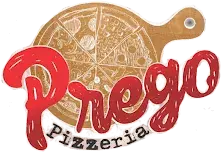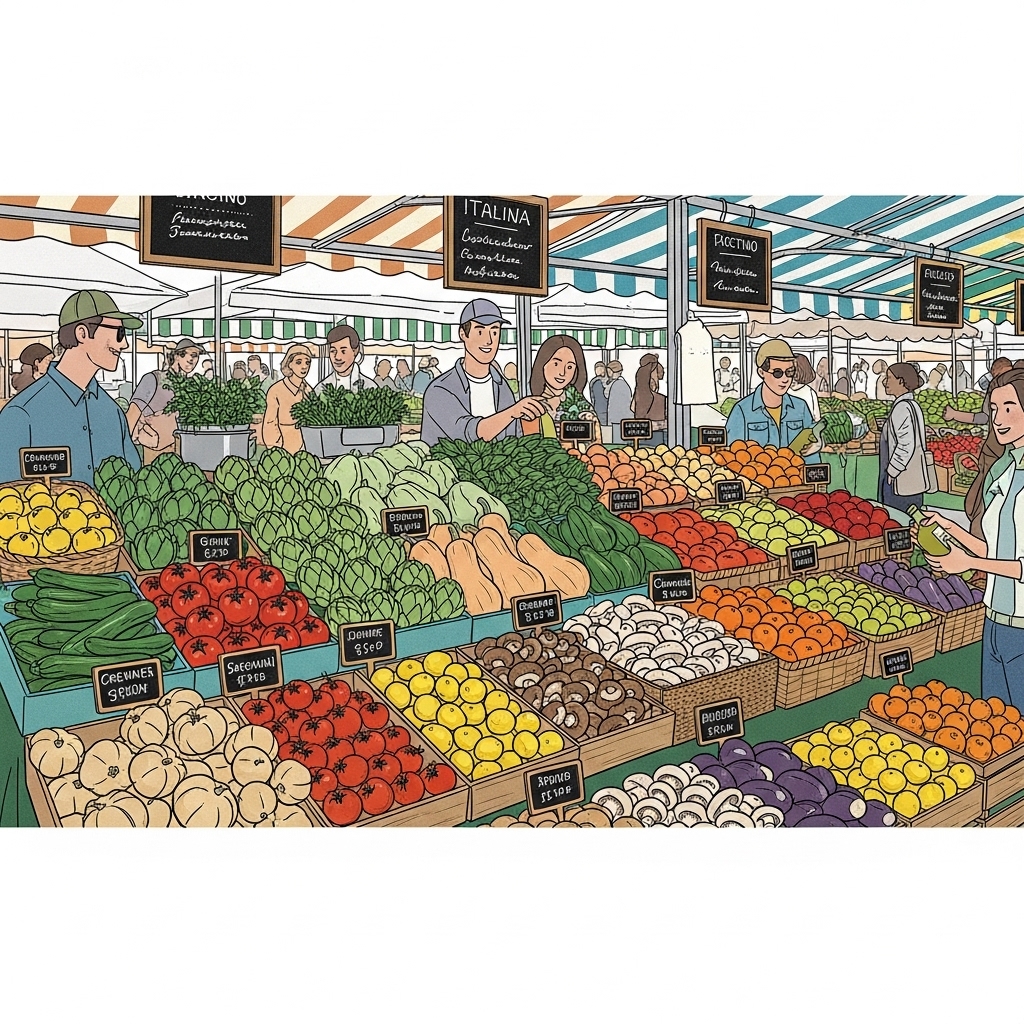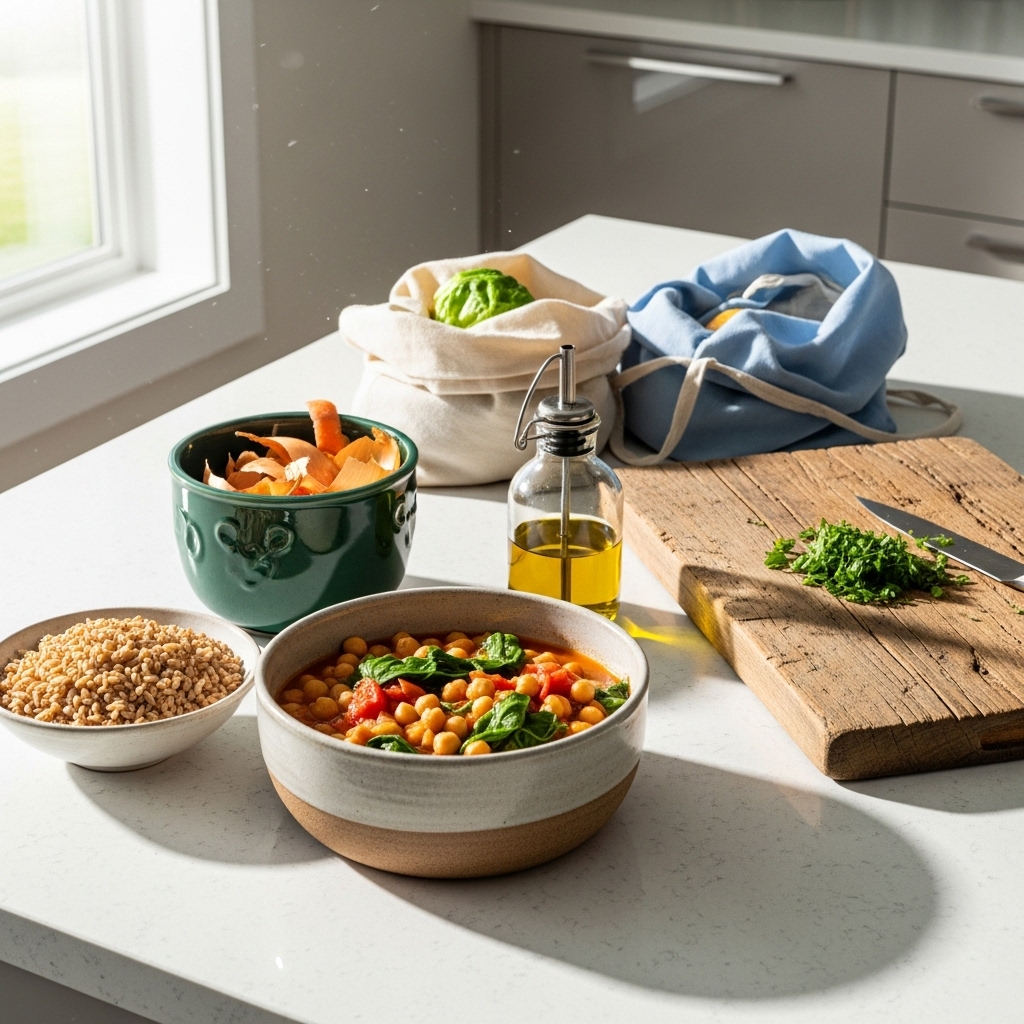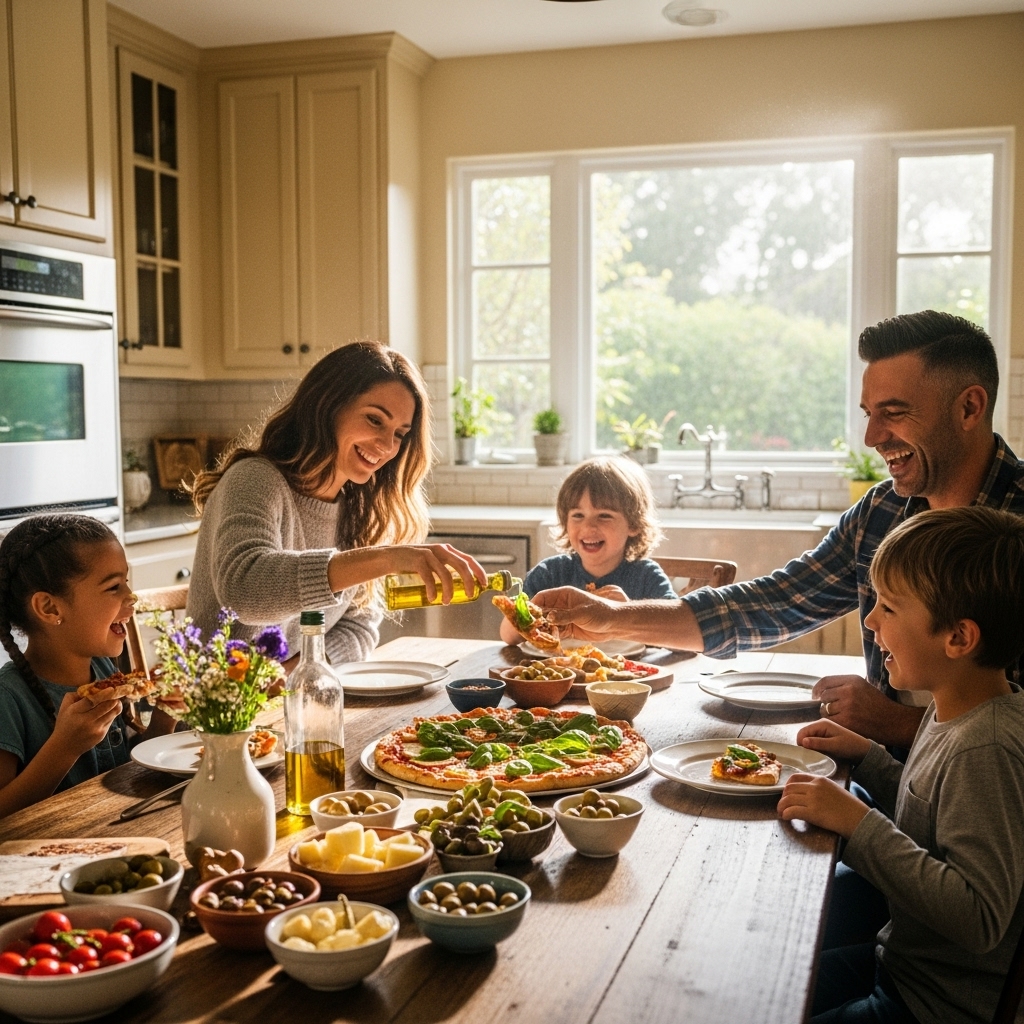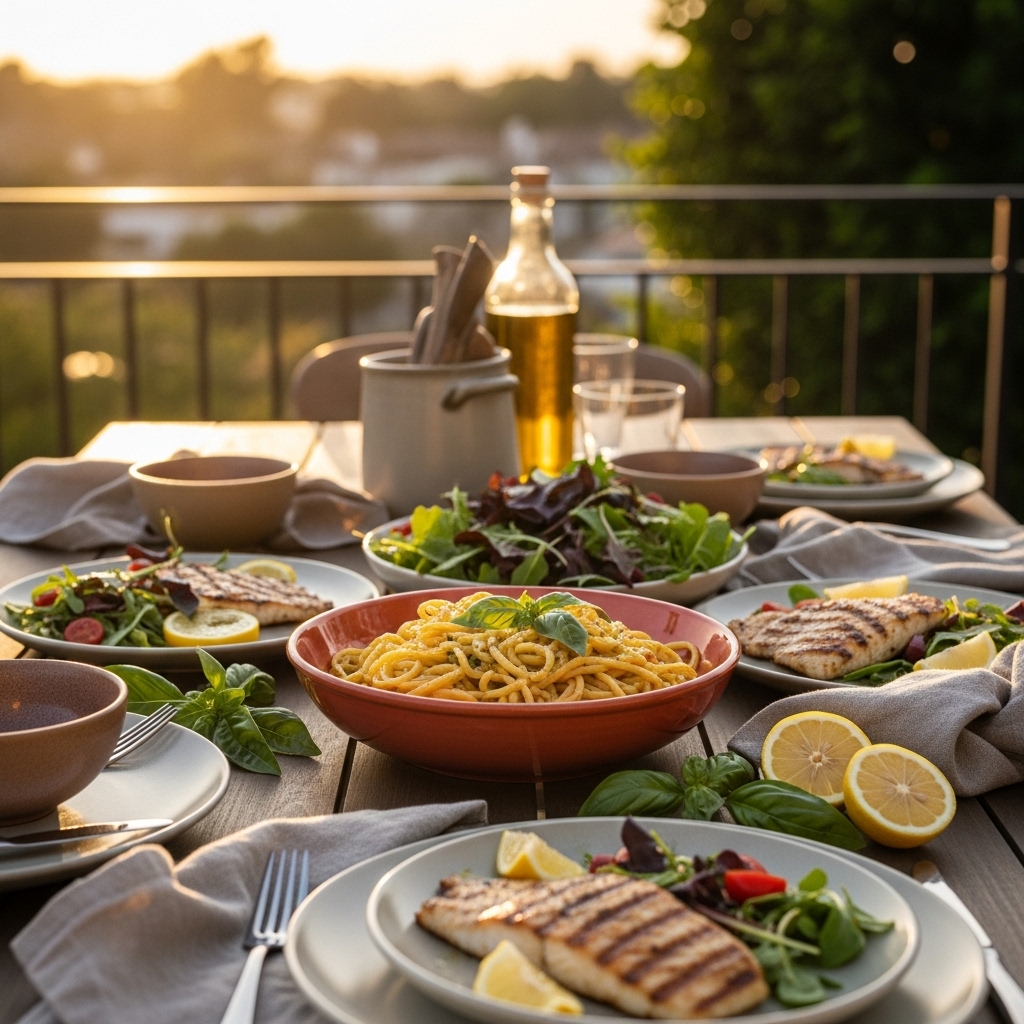Encino’s seasons may be subtle compared to snowy locales, but anyone who shops our farmers markets or walks Ventura Boulevard regularly can feel the shifts. The sun sits differently in March than it does in September, the air smells greener after the first winter rains, and the produce bins tell the whole story. Italian cooking, with its deep respect for seasonality, thrives in this rhythm. Whether you’re planning a weeknight dinner or a weekend gathering, adopting an Italian approach to the seasons makes your meals brighter, more nourishing, and surprisingly effortless. It’s a philosophy that fits the neighborhood’s easygoing pace and love for simplicity, which is why so many Encino diners turn to Italian food when they want dishes that feel exactly right for right now.
Seasonal eating is more than a calendar of ingredients. It’s a way of cooking that keeps you curious, reduces waste, and often leads to healthier choices without extra effort. Italian kitchens have practiced this for generations: buying what’s at its peak, using all parts of an ingredient, and finding balance through contrast—rich with fresh, bright with savory, tender with crisp. In Encino, where weekends often include hikes in the Santa Monica Mountains or soccer at local parks, that balance fuels active days and makes dinnertime a pleasure rather than a puzzle.
Spring: green shoots and gentle flavors
As winter loosens its grip and the hills around Encino flash with wildflowers, spring crops return. Think tender artichokes, peas, asparagus, fava beans, and baby lettuces. Italian cooking asks very little of these ingredients—just a quick blanch, a turn in olive oil, maybe a shower of lemon zest. A risotto with peas and mint captures spring in a single bowl. Grilled asparagus finished with shaved Parmesan and a squeeze of lemon tastes like the first warm evening you’ve waited for all year. Artichokes, trimmed and braised with garlic and white wine, become a gentle centerpiece that invites slow bites and long conversation.
Spring is also a perfect time to revisit lighter soups. Minestra primavera packs a constellation of vegetables into a broth that feels both comforting and bright. Pair it with toasted bread brushed with olive oil and a salad of baby greens, and you have dinner that reflects the season’s optimism. For weeknights, pasta primavera—done simply with peas, asparagus, and a handful of herbs—can be on the table in under half an hour, carrying all the freshness that Encino’s markets offer in April and May.
Summer: tomatoes, basil, and the joy of barely cooking
By June, the Valley heat nudges us toward dishes that require minimal stove time. Italian cooking obliges. Tomatoes, basil, zucchini, and eggplant dominate, and they shine when you keep things simple. A tomato salad with basil and olive oil is transcendent if the tomatoes are truly ripe; so is bruschetta topped with chopped tomatoes, garlic, and a little salt, served on bread grilled just enough for texture. Pasta al pomodoro can be feather-light when you let fresh tomatoes do the work, cooking them only briefly so their brightness remains.
Grilling becomes the summer cook’s best friend. Zucchini and eggplant take well to the grill, and they love the company of mint, parsley, and a splash of vinegar or lemon. A grilled fish dressed with olive oil, capers, and herbs turns a hot evening into a Mediterranean postcard. And then there’s pizza—thin-crusted, modest with cheese, blanketed with summer vegetables. Finish it with fresh arugula right after it comes out of the oven for cool crunch against warm crust. When the afternoon temperatures climb, meals like these are hydrating, colorful, and satisfying without heaviness.
Fall: mushrooms, squash, and deeper comfort
As September edges into October, the sunlight softens, and our cooking sees a gentle pivot. Mushrooms, squash, chard, and late-season peppers step forward. This is a great time for slow-cooked sauces that perfume the house. A mushroom ragù spooned over polenta feels like a hug after a long day. Roasted squash tossed with sage and brown butter turns a simple pasta into something that tastes like the first cool evening. If you’re entertaining, a platter of roasted peppers with anchovies and capers brings sweet, smoky, and briny together in a way that wakes up the palate.
Fall also rewards patient risottos and hearty soups. Try farro with sautéed kale, onions, and a few shavings of Pecorino, or a bean and vegetable stew that improves on day two. As the school calendar settles in and routines firm up, these dishes bring reliability to the week. They’re make-ahead friendly, easy to reheat, and they welcome last-minute add-ins like leftover roasted vegetables or a handful of chopped herbs.
Winter: citrus, brassicas, and the pleasure of the stove
Encino’s winters are mild, but they bring their own mood: golden citrus, robust brassicas, and the kind of cool evenings that invite lingering at the stove. Italian cooking embraces this season with dishes that feel restorative. Lemon and orange bring a clean, bright spark to salads, seafood, and even roasted chicken. Broccoli rabe, cauliflower, and cabbage take well to high heat and a little garlic, developing sweetness and crisp edges that make a plate feel complete.
This is the time to lean into soups and braises. Minestrone loaded with winter vegetables, a lentil stew with tomatoes and rosemary, or a slow-simmered tomato sauce can carry a week of meals. Serve with a simple salad—thinly shaved fennel with citrus and olive oil is a favorite—and you’ll find that winter cooking in Encino has a quiet luxury to it. Nothing is fussy, but everything feels considered.
Shopping and storing the Italian way
Seasonal success starts in the market. Italian cooks prioritize what looks best that day, not what a rigid plan demands. If the tomatoes are gorgeous, the meal tilts toward them. If mushrooms glow with freshness, the plan shifts. This flexibility prevents food waste and keeps your kitchen joyful. Buy only what you can use in a few days, store herbs in a jar of water in the fridge like flowers, and keep a pantry that lets produce shine: olive oil, canned tomatoes, dried beans, pasta, garlic, onions, and a grain like farro or polenta.
Leftovers are an asset, not an afterthought. Last night’s roasted zucchini can become a pasta add-in; extra greens can find a home in soup; cooked beans can become a quick salad with lemon and herbs. Italian cooking thrives on these transformations, which means you’ll spend less time cooking from scratch and more time enjoying the food and the people around your table.
Balancing plates in Encino’s climate
Our warm days and mild nights encourage a light touch. Even in cooler months, meals that feel fresh tend to be the ones we return to. The Italian approach relies on contrast: a hot bowl of pasta with a crisp salad; a rich stew paired with bright citrus; grilled fish alongside cool, herb-laced vegetables. These combinations keep your palate interested and your body energized. For anyone heading from a late work call to a parents’ meeting at school, that kind of steady energy matters.
Hydration is part of this equation. Water-rich vegetables—tomatoes, cucumbers, lettuces—play a big role in summer, while broths and citrus help in winter. Olive oil ties everything together, offering flavor and satiety without heaviness. When you center meals on plants and use proteins and starches to support them, you end up with plates that feel abundant and digest easily, which is exactly what busy Encino nights call for.
Ordering out with the seasons
Many Encino diners mix home cooking with takeout, and seasonality can guide those orders, too. In spring, look for dishes with peas, asparagus, and artichokes. In summer, lean into fresh tomato sauces, vegetable-forward pizzas, and salads piled high with basil and arugula. Fall invites mushrooms, roasted peppers, and squash; winter calls for citrus-bright salads, slow-cooked sauces, and soups. Choosing this way doesn’t just align with flavor; it aligns with how we feel in our bodies during each season.
The advantage of ordering from a kitchen that centers seasonal, balanced approaches to Italian food is clear: you get the pleasure of the season without the prep time. It’s the perfect middle ground for nights when you want to eat beautifully and thoughtfully but need to save your energy for the rest of life.
Encino neighborhoods, Encino tables
From the quiet streets near the Sepulveda Basin to the hillside homes that catch the last light, Encino’s neighborhoods have distinct personalities, but the table unites them. Maybe weekday dinners are quick, anchored by a salad and a bowl of pasta, while weekends stretch into a leisurely lunch with family and friends. Maybe you host often and crave menus that welcome a mix of eaters. Italian seasonality adapts to all of it. When tomatoes are bursting, your menu leans toward caprese, panzanella, and spaghetti al pomodoro. When mushrooms are plentiful, it pivots to polenta, ragù, and roasted vegetables. You’re not chasing novelty; you’re following nature.
What you’ll find, if you commit to this style, is less decision fatigue and more delight. The market tells you what to cook; the seasons tell you how to balance the plate. Over time, your pantry becomes a reliable foundation, and your meals gain a relaxed confidence that friends and family notice.
A few practical rhythms
Build your week around a couple of anchors. Choose one soup, one sauce, and one roasted vegetable medley, then repurpose them. The soup becomes dinner on Monday and lunch on Wednesday. The sauce dresses pasta once and eggs another time. The roasted vegetables join a salad, top a pizza, and slip into a grain bowl. This is the Italian magic trick: cook once, enjoy often, always with freshness up front.
Keep herbs close at hand. A handful of chopped parsley or basil can rescue a tired dish; a few sprigs of rosemary transform roasted potatoes. Use citrus zest for brightness that doesn’t rely on salt. Toast breadcrumbs in olive oil to add texture when you’re light on cheese. Little touches, big payoff.
FAQ
Q: How do I know what’s in season in Encino? A: Your best clues are farmers markets and produce displays at local shops. Look for abundance, aroma, and price stability—when something is both plentiful and fragrant, it’s usually in season.
Q: Can seasonal Italian cooking work for vegetarian or gluten-free diets? A: Absolutely. Many Italian dishes are naturally vegetarian, and options like polenta, risotto, and seafood stews can be gluten-free. The seasonal framework makes adaptation easy.
Q: What’s the fastest seasonal dinner? A: In summer, fresh tomato pasta or grilled vegetables with herbs; in winter, a quick lentil soup with citrusy salad. Both rely on a few peak ingredients and minimal prep.
Q: How should I store herbs and greens to make them last? A: Treat herbs like flowers—stems in water, loosely covered in the fridge. Wrap greens in a towel inside a breathable bag to retain crispness for several days.
Q: Are there kid-friendly seasonal dishes? A: Yes. Sweet peas in spring, mild tomato sauces in summer, roasted squash in fall, and pasta with lemon and broccoli in winter are all hits with younger eaters.
Q: What about protein? A: Grilled fish, beans, and modest portions of chicken or lean meats pair beautifully with seasonal vegetables. Italian cooking uses protein to support, not overshadow, the produce.
Q: How can I cut food waste? A: Cook once with intention and plan to repurpose. Save herb stems for broth, use vegetable odds in frittatas or soups, and turn extra roasted vegetables into pasta toppings.
Q: Is it more expensive to eat seasonally? A: Not necessarily. In-season produce is often more affordable and flavorful, so you can cook simply and buy less. The Italian approach relies on a small, efficient pantry and fresh, plentiful produce.
When you’re ready to let the season set the menu, choose dishes that capture Encino’s sunshine and the ease of Valley evenings. Invite friends, pour something refreshing, and let the conversation flow while the food carries the mood. And if tonight calls for a beautiful meal without the prep, lean on a neighborhood kitchen that cooks to the weather and the market. Bring the season to your table now with vibrant, balanced Italian food that tastes exactly like Encino today.
